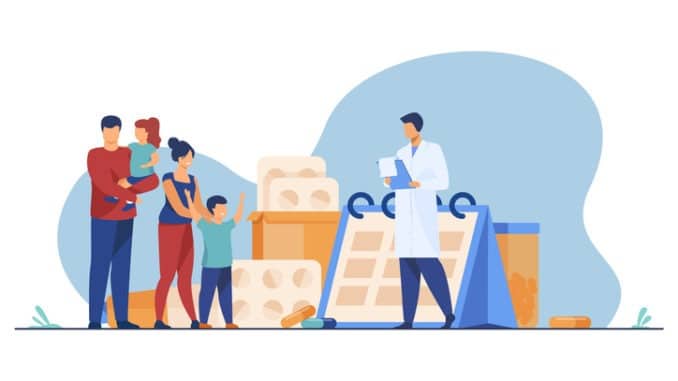
As practices face an ever increasing workload in one of the bleakest winters we’ve known, Catherine Lawler, of the Practice Managers Association, explains why the role of the social prescribing link worker is more significant than ever
One–in-five people who visit a GP surgery do not have a medical problem but could benefit from a healthier lifestyle or greater social interaction. Loneliness is a key issue, and the reason why a lot of patients – high intensity users – call the surgery so often, when they don’t really need to.
Social prescribing enables primary care professionals to refer people to a range of local, non-clinical services to improve their health and wellbeing. Examples of social prescribing include referrals to healthy eating groups or cooking classes, volunteering, gardening, singing, art therapy and craft activities for dementia, or taking part in sport to support mental health. Often, it gives people a new mindset and can go some way to replacing feelings of despair with hope.
It involves patients working with a link worker to find the local support that suits them most. Social prescribing link workers (SPLWs) work closely with GPs, local authorities, health professionals and the voluntary sector to co-ordinate support for people – even when they are self-isolating or shielding. There is now even funding for ‘green social prescribing’ which is intended to help people engage with the natural world.
According to a study carried out by St Andrews University, a health initiative to get patients more active only works if formal referrals and prescriptions are used. However, although people working in primary care fully support the concept (and who wouldn’t?), it has received a mixed response as referrals begin to rise.
Many challenges
There are many challenges – practices with no SPLWs which have to use other staff to do the role, improved access for BAME communities is needed, GPs should be receiving more guidance – and it very much relies upon partnership work between the NHS, voluntary and community groups and local authorities, many of which are overwhelmed – as lockdown continues.
Also, GPs and clinical directors have generally opted for the roles they are more familiar with – such as clinical pharmacists – and the ‘can see’ benefits as it is not as easy to measure SPLW benefits and it needs a leap of faith and good audit systems to assess the reduction in appointments and drop in the number of unnecessary calls. However, the NHS has committed to employing 1,000 social prescribers by March as part of the Long Term Plan.
If given the support they deserve, SPLWs can bring huge benefits. They have made a big contribution to ensuring the wellbeing of vulnerable patients during the pandemic, and will be in massive demand as the wave of post-COVID anxiety, depression and loneliness inevitably takes hold.
As with many things, there is a massive variance across and within PCNs – but those which have had SPLWs in post for a while, and configured personalised care teams, seem to be a great success. Clinical supervision from within, as opposed to the GP, can also help to determine clear objectives and outcomes.


Be the first to comment